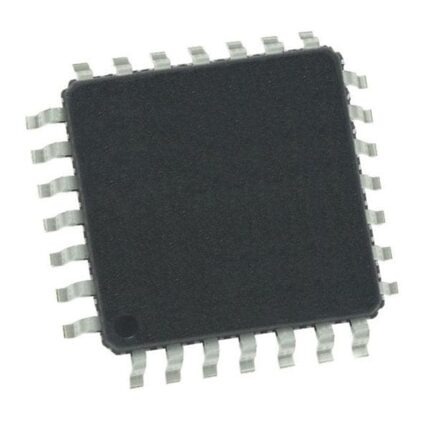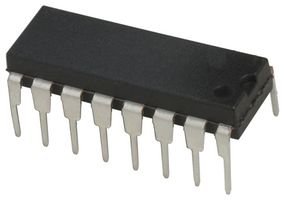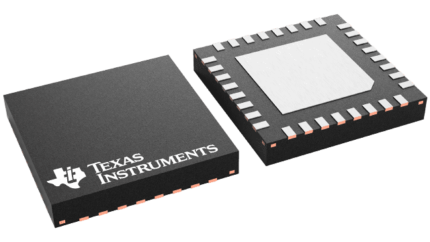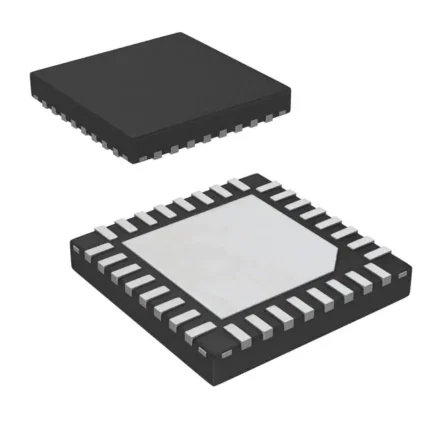DS75176
In addition, it is compatible with RS-422. The driver and receiver outputs feature TRI-STATE capability, for the driver outputs over the entire common mode range of 12V to ?7V. Bus contention or fault situations that cause excessive power dissipation within the device are handled by a thermal shutdown circuit, which forces the driver outputs into the high impedance state. DC specifications are guaranteed over the 0 to 70?C temperature and 4.75V to 5.25V supply voltage range.
DS75176 RS-422/RS-485 Interface IC DIP-8 Package
DS80C320 ECL
The DS80C320/DS80C323 are pin compatible with all three packages of the standard 80C32 and offer
the same timer/counters, serial port, and I/O ports. In short, the devices are extremely familiar to 8051
users, but provide the speed of a 16-bit processor.
The DS80C320 provides several extras in addition to greater speed. These include a second full hardware
serial port, seven additional interrupts, programmable watchdog timer, power-fail interrupt and reset. The
device also provides dual data pointers (DPTRs) to speed block data memory moves. It can also adjust the
speed of off-chip data memory access to between two and nine machine cycles for flexibility in selecting
memory and peripherals.
DS8921 Differential Line Driver and Receiver Pair IC DIP-8 Package
DS8921M
12-ns Typical Propagation Delay
differential line driver and receiver pairs designed
? Output Skew: 0.5 ns Typical specifically for applications meeting the ST506,
? Meets the Requirements of EIA Standard RS-422 ST412, and ESDI disk drive standards. In addition,
? Complementary Driver Outputs these devices meet the requirements of the EIA
standard RS-422.
? High Differential or Common-Mode Input Voltage
Ranges of ?7 V The DS8921x receivers offer an input sensitivity of
200 mV over a ?7 V common mode operating range. ? ?0.2 V Receiver Sensitivity Over the Input Voltage
Hysteresis is incorporated (typically 70 mV) to Range improve noise margin for slowly changing input
? Receiver Input Hysteresis: 70 mV Typical waveforms.
? DS8921AT Industrial Temperature Operation: The DS8921x drivers are designed to provide (?40?C to 85?C)
DS90C032TM
The DS90C032 is a quad CMOS differential line ? Single Event Latchup (SEL) Immune 120 MeVreceiver designed for applications requiring ultra low cm2
/mg
power dissipation and high data rates.
? High Impedance LVDS Inputs with Power-Off.
The DS90C032 accepts low voltage differential input ? Accepts Small Swing (330 mV) Differential signals and translates them to CMOS (TTL Signal Levels compatible) output levels. The receiver supports a
? Low Power Dissipation TRI-STATE function that may be used to multiplex
? Low Differential Skew outputs. The receiver also supports OPEN Failsafe
and terminated (100?) input Failsafe with the addition ? Low Chip to Chip Skew of external failsafe biasing. Receiver output will be
? Pin Compatible with DS26C32A HIGH for both Failsafe conditions.
DS90UB913ATRTV-Q1
Features of DS90UB913A
? Automotive applications approved for use with AEC-Q100
- Device temperature grade 2: operating temperature range of -40?C to +105?C
? Support for input pixel clocks between 25 and 100 MHz
? Programmable data payloads include 10-bit and 12-bit payloads with a maximum speed of 100 MHz and 75 MHz, respectively.
? 400 kHz I2C-compatible continuous low latency bidirectional control interface channel
? An embedded clock that supports AC-coupled interconnects by using DC-balanced coding.
? Capable of driving up to 20m of shielded twisted-pair cables or 15m of coaxial cable.
? Power-Over-Coaxial (PoC) functioning that is reliable
? 4 Specific general-purpose input/output devices
? Compatible parallel inputs on serializer?at 1.8, 2.8, or 3.3 volts
? A single 1.8 V power supply
? Compliant with ISO 10605 and IEC 61000-4-2 ESD
? Tiny (5 mm by 5 mm) serializer footprint
Applications? of DS90UB913A
? Automotive
? Surround View Systems (SVS)
? Front Cameras (FC)
? Rear View Cameras (RVC)
? Sensor fusion
? Driver Monitor Cameras (DMS)
? Remote satellite RADAR, ToF, and LIDAR sensors
? Security and surveillance
? Machine vision applications

